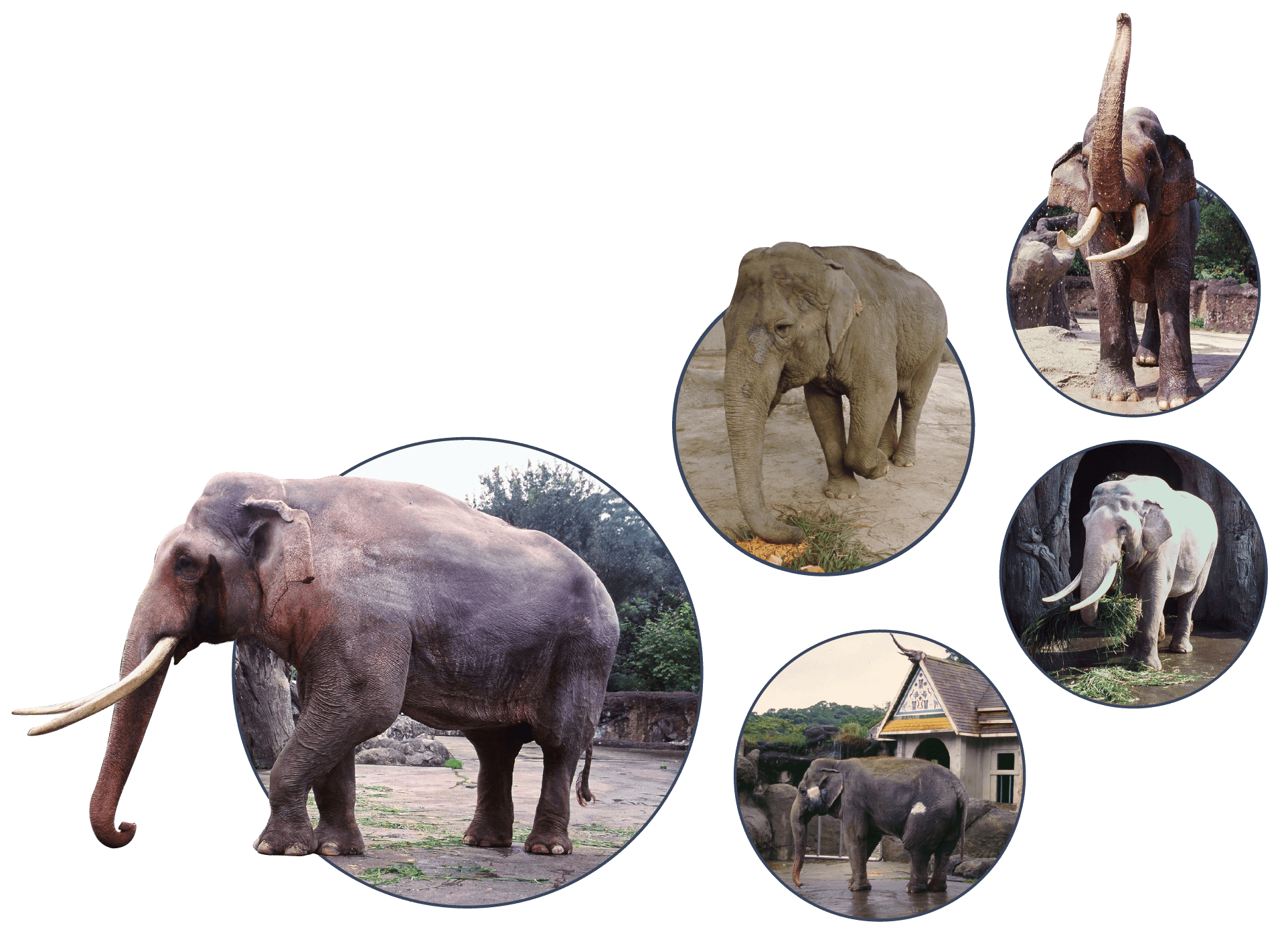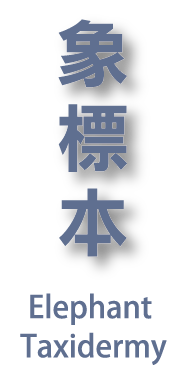大象穿氣墊鞋
Elephants Wear Air Cushioned Shoes
大象的體型龐大,為了支撐大象的體重,牠們的四肢骨骼非常粗壯,而且腳骨是直直地沒有彎曲,這種結構可以減少關節的壓力,因此大象在奔跑時四肢會前後搖擺,像活動的柱子一樣。
大象的腳趾從外表看不到只能看到趾甲。因為腳骨垂直的關係,大象走路的時候其實是腳跟離地踮著腳走路。然而趾尖與地面的接觸面積小,無法承受大象龐大的體重,因此在大象腳掌與腳底之間,形成以脂肪與結締組織組成的脂肪墊,讓大象走路時靠著脂肪墊來緩衝壓力,就像穿著氣墊鞋走路。另外,牠們還有籽骨所形成的假指頭,俗稱第六根指頭,在腳後跟的位置,方向與腳趾骨相反,假指頭會直接受力,協助支撐大象的重量。
Elephants are equipped with massive bones in their legs to support their bodies. Bones in their feet reach the ground almost vertically, reducing stress on the joints but allowing for little movement in the ankles. When elephants run, all four legs move like pillars.
Elephants’ toes are not visible from the outside, where only the nails are visible. Since the foot bones are almost in a near vertical position, elephants are actually tip-toeing when they walk. However, the toes must sustain the elephant’s massive weight. Fortunately, a cushion of fat and connective tissue is found between the palm of the feet and the bottom of the foot bones. When elephants walk, these fat cushions help alleviate pressure on the feet in the same way people wear cushioned shoes. In addition, these animals possess “false toes” formed by sesamoid bones, located behind their heels in the opposite direction of the actual toes. These “false toes” can also directly absorb the elephant’s weight.
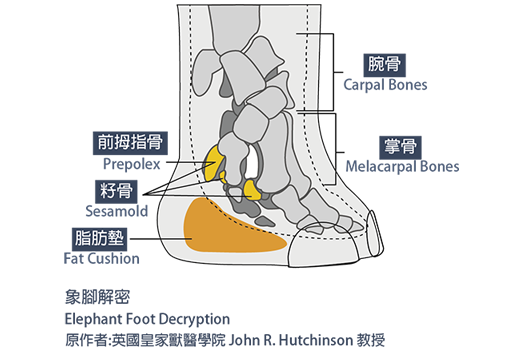
延伸小知識 Extended knowledge
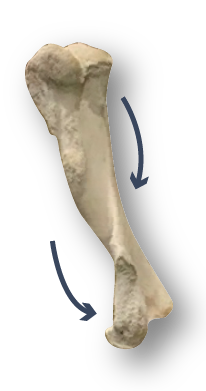
大象的前肢需負擔約60%的體重,為了支撐頭部、象牙及象鼻等重量,因此前肢的肱骨呈現扭轉的形態,以強化支撐力量。
Elephant’s front legs need to support 60% of their body weight due to the massive size of the head, the tusks, and the trunk. As a result, the humerus bones on the front appear twisted to enhance the strength of its support.
象體到標本
Taxidermy of an Elephant’s Body
跡象到真相
From Idea to Reality
2003年2月,亞洲象林旺的食慾明顯下降,以往都不下水的牠,突然泡在水裡減緩腳部關節的疼痛。
In February 2003, Lin Wang began to lose his appetite. The Asian elephant, who normally shunned water, began torest in the water pond in order to reduce the pain in the joints of his feet.
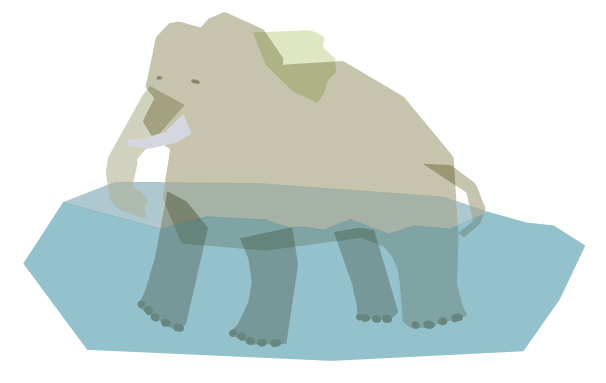
在林旺的健康亮起紅燈時,動物園考慮到林旺對歷史及動物園的價值,決定在牠逝世後做成標本保存。
As Lin Wang’s health faltered, the zoo decided to preserve his body post-mortem in order to commemorate his contribution to history and to the zoo.
於是動物園開始拍攝林旺各個角度的照片,與製作標本團隊討論,沙盤推演步驟及準備工具。
Immediately, photographers began by taking pictures of the elephant from different angles, and planned out the process with the taxidermy team who prepared equipment and supplies.
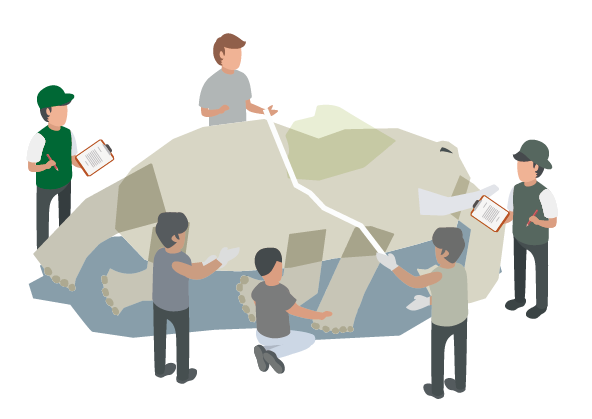
2003年2月26日凌晨2點20分,動物園警衛發現林旺倒臥在水池,結束牠的一生。
At 2:20 am, February 26, 2003, zoo security found Lin Wang dead in the pool.
第二天上午9點工作人員穿著隔離衣戴手套,在簡單的默禱儀式後,開始為林旺丈量尺寸、進行解剖。
The very next morning at 9 am, team members in protective suits and gloves began the taxidermy process after a simple mourning ritual.
林旺的象皮不分片取下,解剖線從左前腳內延伸到右前腳內側、左後腳內延伸到右後腳內側,及脖子垂直下來經過腹部延伸到尾巴。
In order to keep the elephants’ skin intact, incision lines were made starting from the inside of the left front leg to the inside of the right front leg, and from the inside of the left hind leg to the inside of the right hind leg. Another cut spanned from the neck across the abdomen all the way to the tail.
林旺臉部輪廓凹凸明顯,怕破壞頭型於現場直接翻模。
In order to preserve the exact likeness of the elephant’s head, a mold was made on site.
解剖下來的每一塊肉、內臟、皮及骨骼都秤重量,加起來大約有5,500公斤重。
Every piece of muscle, organ, bone, and skin was weighed for a total of about 5,500 kilograms.
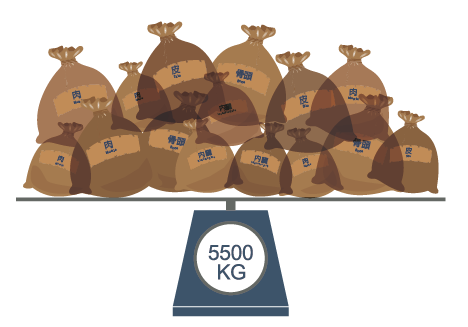
剝下來的象皮移至前員工餐廳攤平舖上鹽巴,進行脫血水保存,光是鹽巴就用掉2萬公斤。
The elephant’s skin was moved to the former staff canteen where it was laid flat and layered with salt. Twenty thousand kilograms of salt was needed for the preservation process.
鹽漬過程中同時進行削脂動作,以增加象皮的延展性。
At the same time, fat was removed from the hide to improve its flexibility.
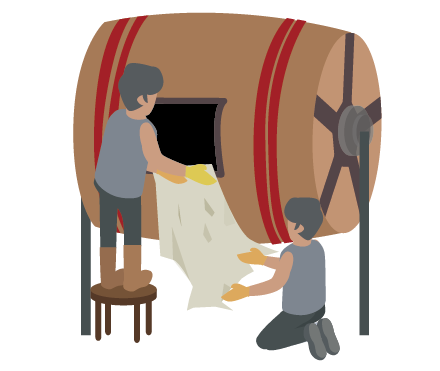
削脂後的象皮,經過20多天在原木桶內滾動鞣製,再加入油脂使象皮不易龜裂。
The skin was tanned inside a wooden barrel that was rolled continuously for 20 days. Grease was added to prevent the hide from cracking.
鞣製後的象皮冷藏大約4個多月,讓象皮更快乾燥及脫水。
The tanned elephant skin was stored in a freezer for over 4 months, allowing it to dry and dehydrate faster.
將象皮最上層與空氣接觸的那一面,透過不停地澆灌溫水的方式還原象皮,以保持象皮濕潤,同時也進行削皮工作。
Finally, the exterior of the skin was rehydrated with hot water and shaved to maintain moisture while skinning it at the same time.
以林旺實際尺寸的1/8大小製作紙板模型,讓熟識林旺的動物園工作人員檢查是否從每個角度看起來都是林旺無誤。
A 1/8 scale paper model of Lin Wang at was presented to zoo staff to confirm its resemblance to the elephant.
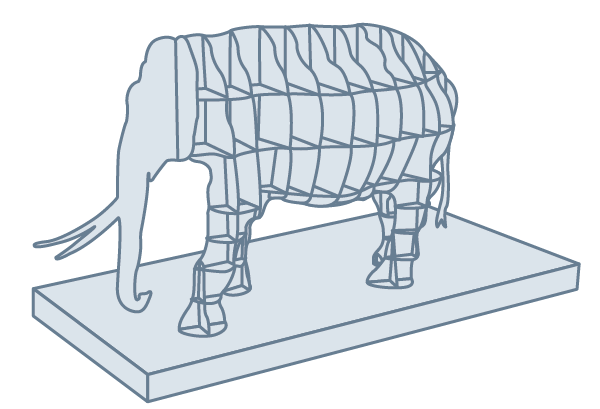

將紙模型等比例放大8倍,以木心板及不鏽鋼打造林旺標本的立體骨架。使用高硬度的泡棉填入骨架間的凹槽,再依林旺的身型修整塑形、刻鑿紋理。
The model was subsequently replicated at full size with plywood and stainless steel forming the skeleton. High density foam was injected into cavities in the structure and sculpted in Lin Wang’s likeness.
將3、400公斤的象皮披在胚模上,對位固定後以15至20公分的長針縫製,縫製過程中持續保持象皮濕潤,讓象皮維持延展才容易縫製。
The tanned elephant skin weighing over 300 kilograms was laid over the model. After its position was fixed, the skin was stitched together with needles between 15 and 20 cm in length. To facilitate the stitching process, the skin must remain moist to provide flexibility.
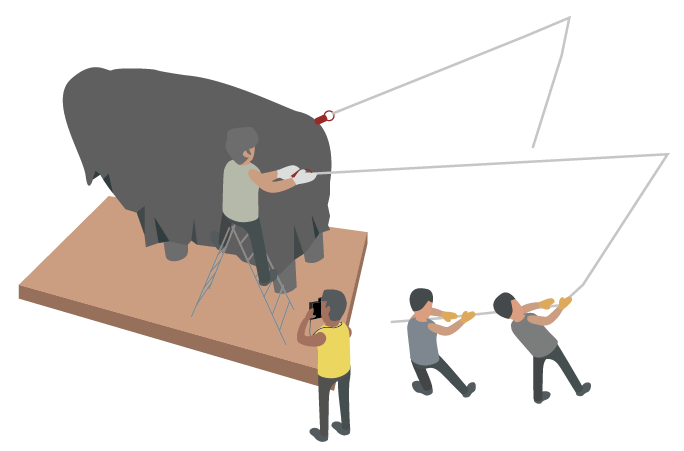
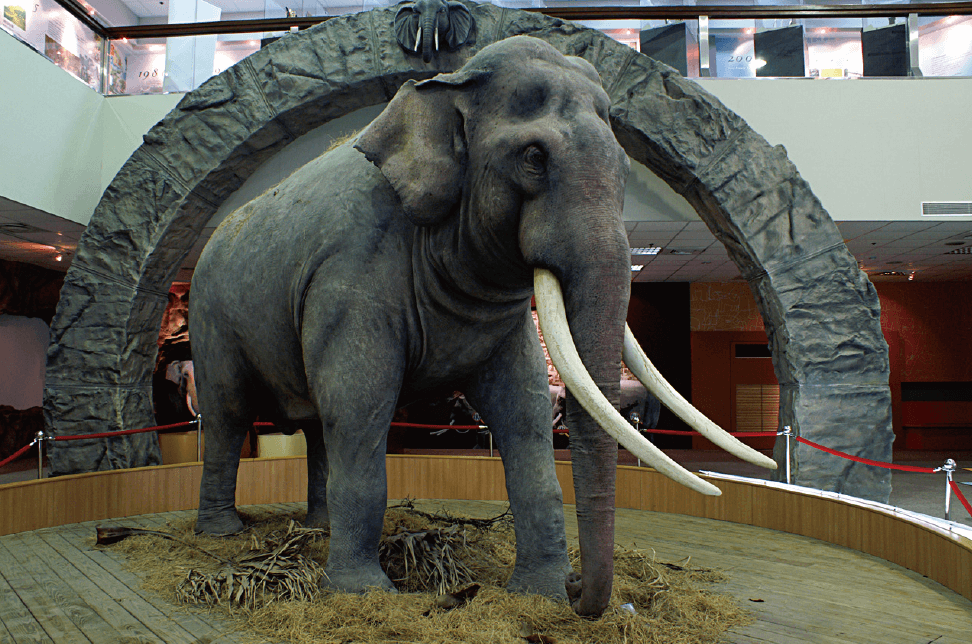
最後階段為將林旺著色,膚色以在陽光下皮膚自然呈現的灰色調為基底,加上老人斑的描繪,呈現林旺真實樣貌。(毛皮標本位於教育中心地下一樓左側園史區)
The last step was to color Lin Wang. The base was a shade of gray that resembled the elephant’s appearance in natural sunlight. Freckles and blemishes were added to bring Lin Wang’s likeness to life. (The skin specimen is currently located in the Taipei Zoo History Area on the B1 basement floor of Taipei Zoo Education Center).
象骨組裝
Elephant Skeleton Assembly
林旺和馬蘭過世後,骨骼標本一直存放在動物園的蒐藏庫,直到2017年象群特展,由國立自然科學博物館與動物園合作將林旺及馬蘭的標本組裝起來。
固定林旺和馬蘭標本的鐵件骨架配合各部位形態,以手工打造,工法類似鑲珠寶,利用外軸鐵件固定骨骼,以最少支撐呈現標本真實樣貌,標本的組裝耗時4個月才完成,成為象群特展中「林旺、馬蘭站起來」單元的展示標本,過程為將各部位骨骼排列編號、製作固定的鐵件骨架、仿製象牙等,組裝完成的林旺標本高約3.5公尺、長約6公尺、寬約1.3公尺,骨骼約400多公斤;馬蘭標本高約2.5公尺、長約4公尺、寬約1.1公尺,骨骼約300多公斤。
After the passing of Lin Wang and Malan, their bones were kept in the zoo’s archive until 2017 when the National Museum of Natural Science partnered with Taipei Zoo to re-assemble the bones for the Elephant exhibition.Metal frames were handcrafted to affix each bone to the correct location in a technique similar to stone-setting in jewelry. Each bone was held in place with metal armatures which the team kept to a minimum size. Reassembly of the bones took four months to complete and the result was displayed before visitors as the specimen at the “Salute to Lin-Wang and Ma-Lan” zone of the Elephants Exhibition, which took place at National Museum of Natural Science from June 28, 2017 to March 18, 2018. These include a complete listing and indexing of each bone, building the metal armatures, and reproducing the tusks. Lin Wang’s skeleton weighed around 400 kilograms and stood 3.5 meters in height, about 6 meters in length, and 1.3 meters wide. Malan’s skeleton weighed more than 300 kilograms and stood 2.5 meters tall, 4 meters long, and 1.1 meters wide.
毛皮下的真相
Truth Beneath the Skin
要將林旺及馬蘭的骨骼組裝起來,首先要認識大象各部位的骨骼。
To piece together Lin Wang and Malan’s skeletons, one must learn about elephants’ bones.

林旺馬蘭教會我們的事
Learning from Lin Wang and Malan
生命價值
The Value of Life
林旺跟隨軍隊從緬甸到臺灣,在軍隊中協助搬運物資,對人類而言是工作的好幫手,到了臺北市立動物園後,與馬蘭成為大家最喜愛的動物園明星。牠們伴隨許多人成長的回憶,帶給人們歡樂、幸福,除此之外,牠們還教會我們很多事:因為有林旺和馬蘭(以及更早的瑪小姐),在臺灣就近即可以欣賞大象的力與美,看牠們的生活互動和大象合照;因為有林旺和馬蘭的照顧經驗,保育員更加了解如何照顧大象及改善動物的生活環境;因為有林旺和馬蘭的標本,繼續為大象的研究提供幫助,讓牠們的生命不止於此。看牠們從協助人類工作、帶來歡樂、到分享大象的知識及經驗,謝謝牠們,讓我們認識這多麼奇妙的生物。
Lin Wang accompanied the military from Burma to Taiwan, helping to transport military supplies. After arriving at the zoo, he became a celebrity alongside Malan. For decades, the two provided joy for generations of zoo visitors and become a part of the memories of growing up. Yet these elephants meant much more to Taiwan than just collective memories. They were among the first elephants in Taiwan, and because of them, zoo goers were able to appreciate the strength and beauty of these majestic animals in person. Zoo keeper gained hands-on experience in caring for elephants and creating better environments for them. After their deaths, their bodies continued to contribute to education and research on elephants. Taiwan owes much gratitude to these wonderful animals.
